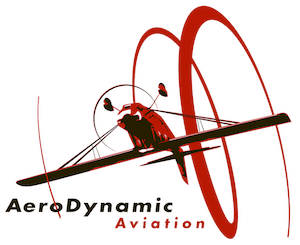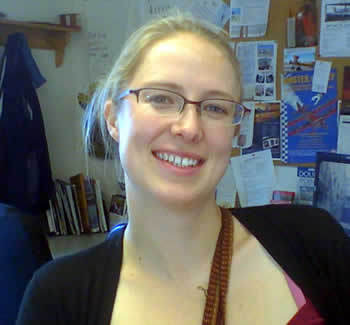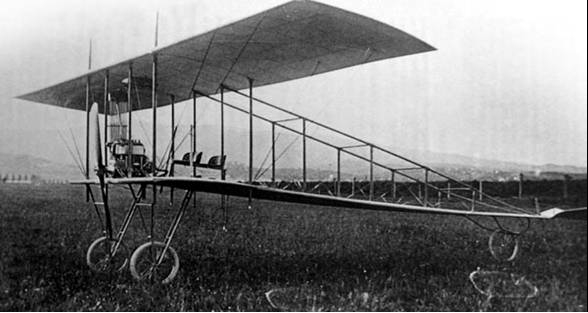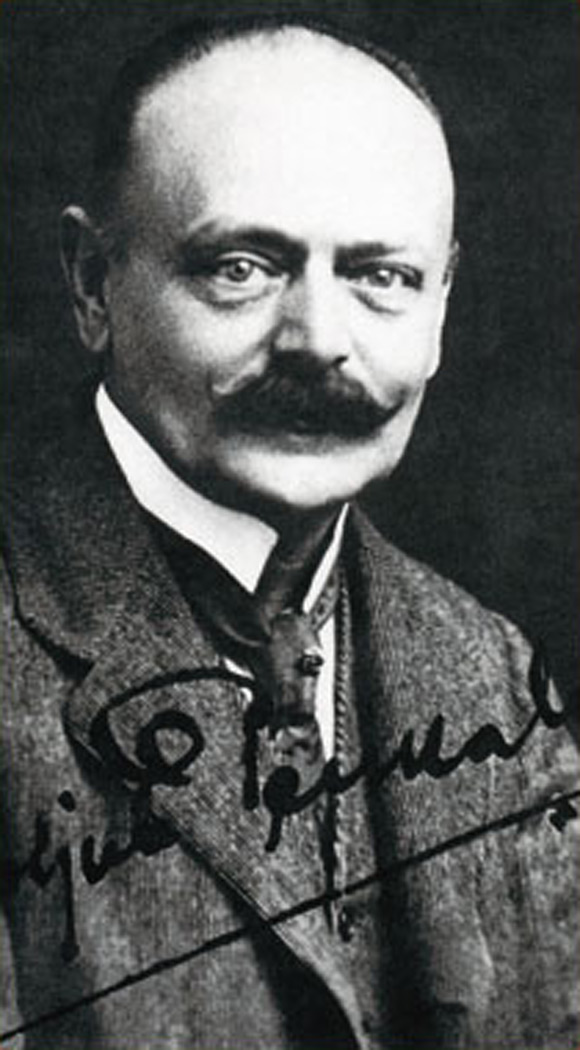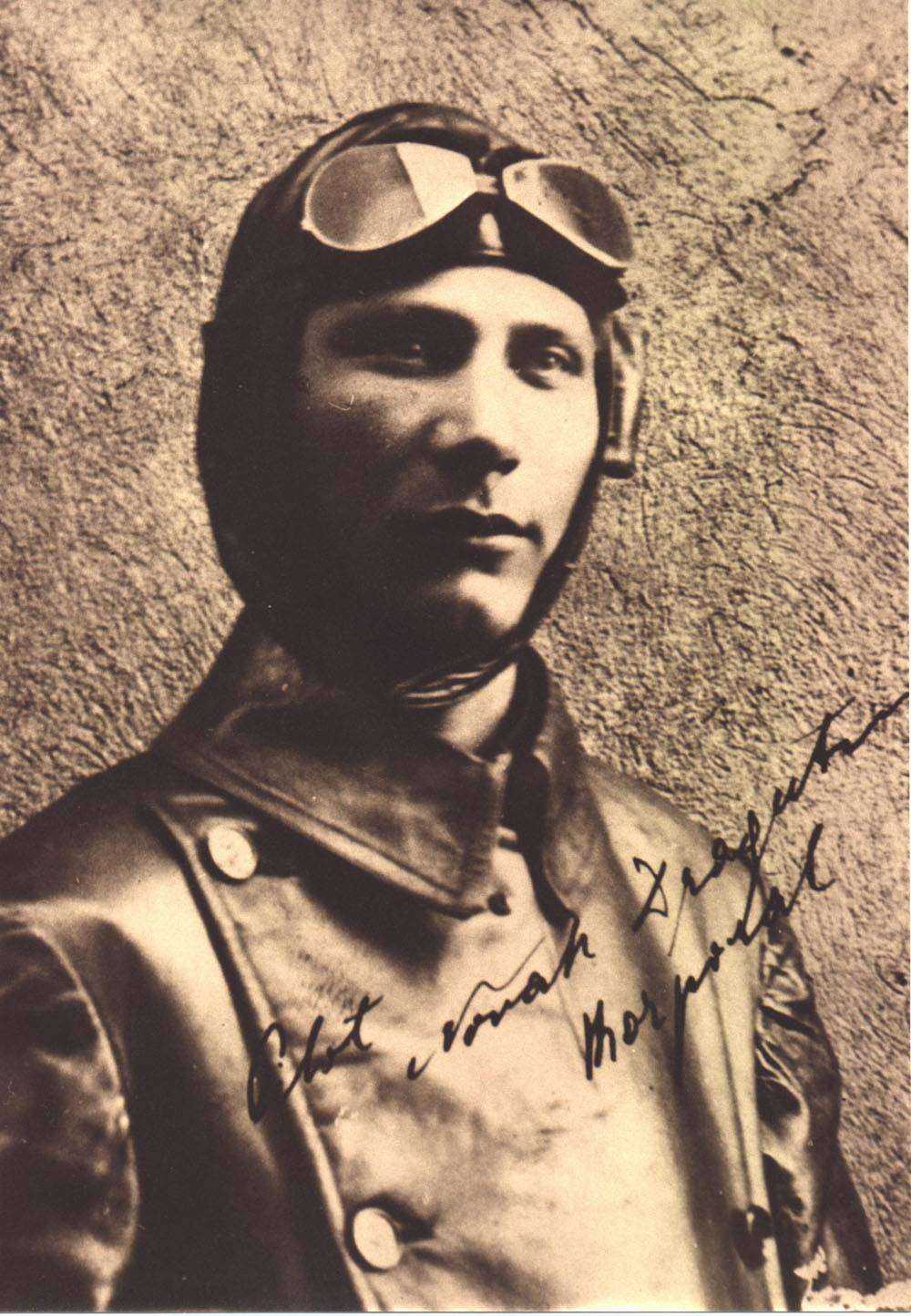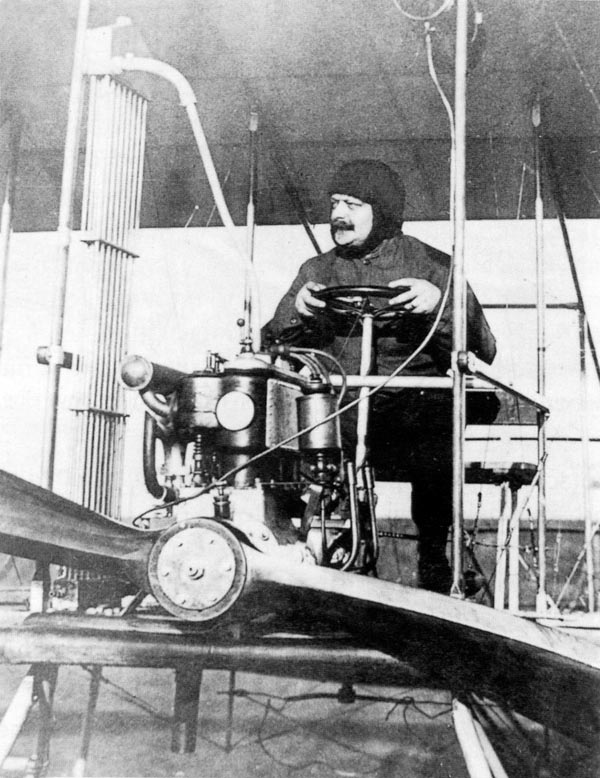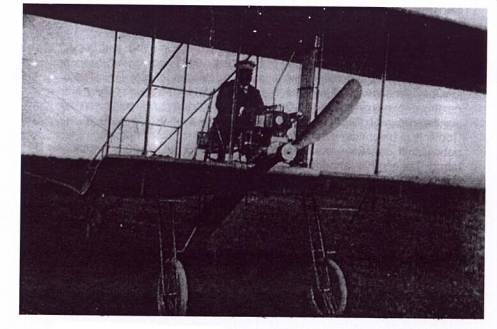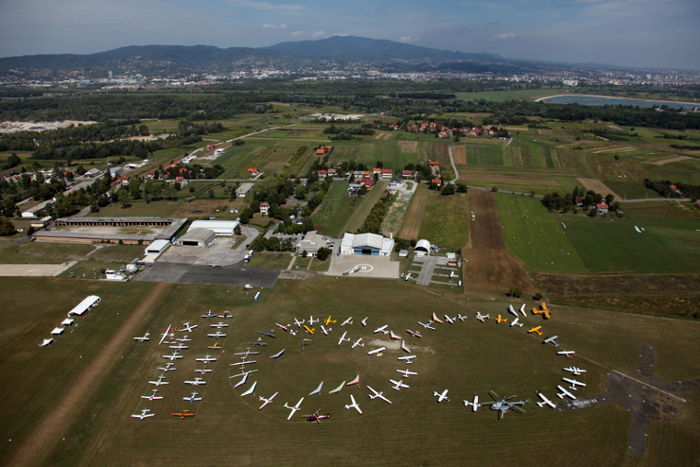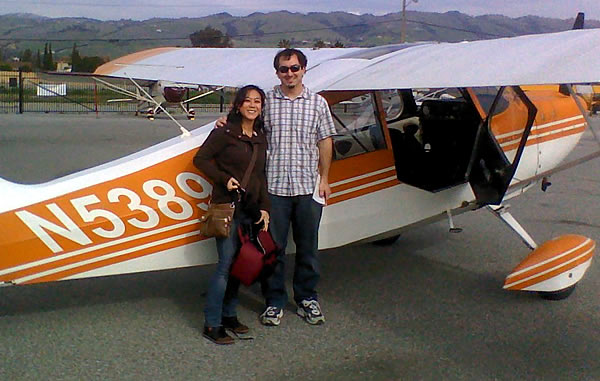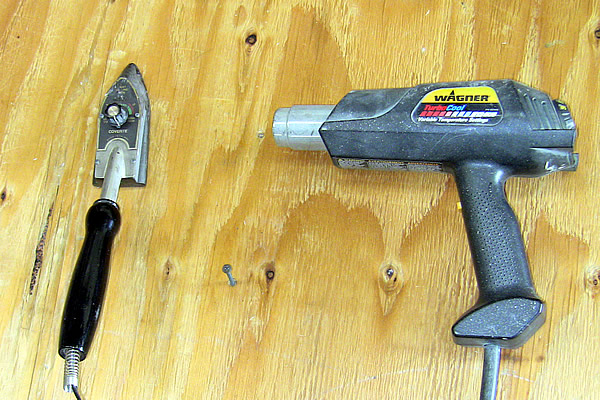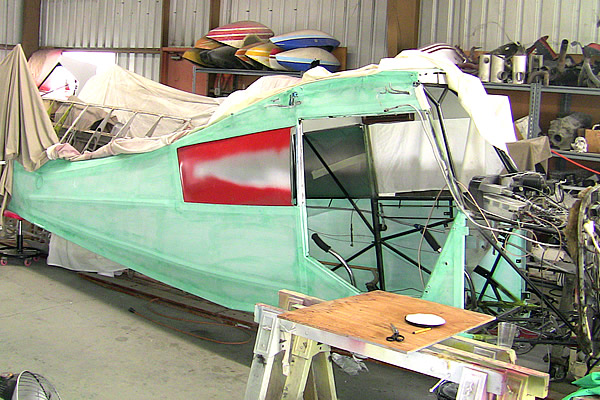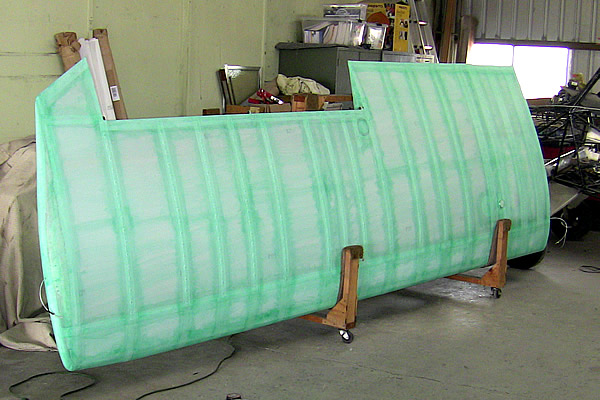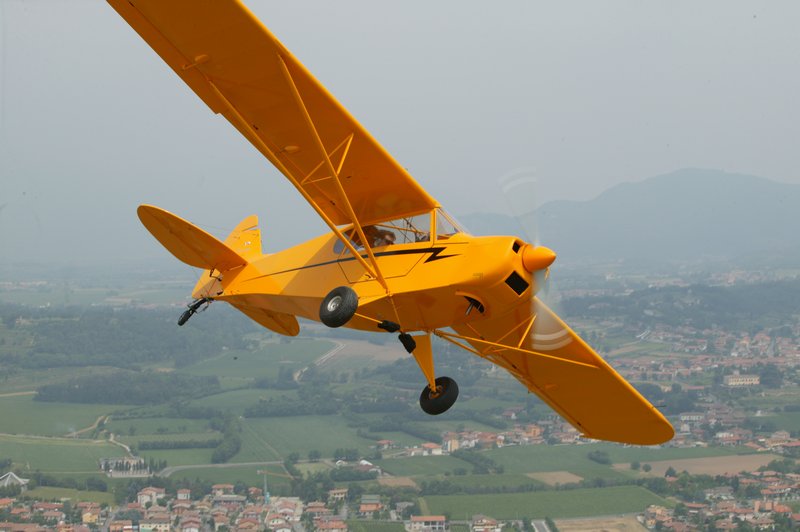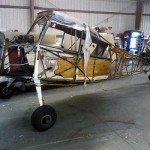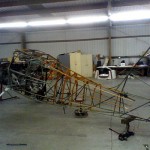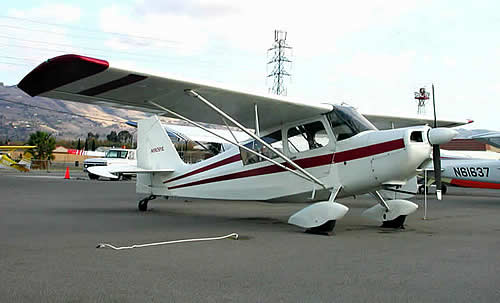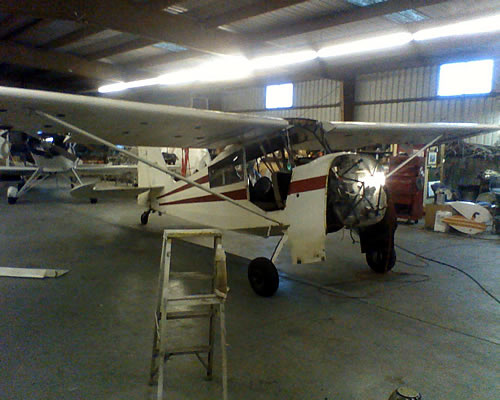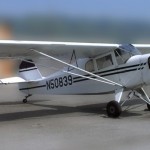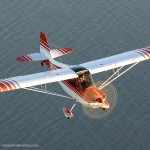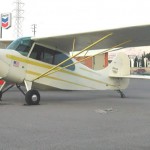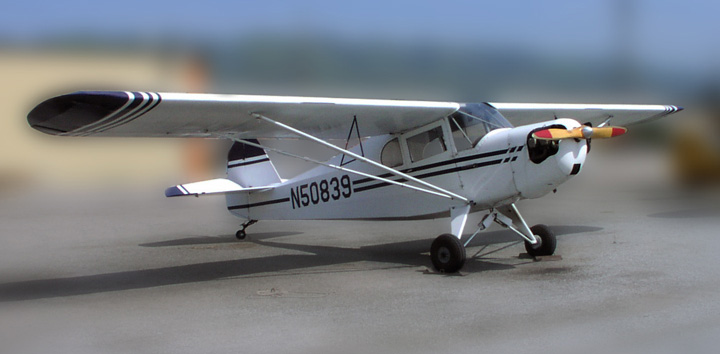taildragger
posts displayed by tag
Going Solo: Maggie Gales
Mar 11 2011We have a brand new fledgling amongst us! Congratulations to Maggie Gales who soloed Citabria 1806G. Well done Maggie, and also her instructors Mark and Tristan.
100 Years of Airplanes in Croatia
Mar 08 2011Did you know that the first airplane flight in Croatia took place in 1910? Not just that, but that it was a monoplane taildragger?
Indeed, Croatians were involved in aeronautics for quite a while. It was a Croat, Faust Vrančić, who in the early 17th century elaborated the principle of a parachute (homo volans) in a scientific manner. It is not known if he actually tested it, however. Another little known fact is that Graf Zeppelin bought his first airship design from David Schwartz from Zagreb.
Slavoljub Penkala, was a prolific inventor, with some 80 patents to his credit, including things we still use today like the mechanical pencil and rubber hot-water bottle. He was interested in flight, and decided to buld his own airplane. He had little to go on, since the Wright brothers were embroiled in patent disputes with all and sundry, so he had to pretty much make it up as he went along. He also observed that birds and butterflies use their tails for stabilization, particularly when landing, so he decided to make the tail of his plane emulate theirs. He designed and patented it in late 1909 and the plane was ready for its first flight by June 2010. The funding came from Penkala’s own income from his pen and pencil factory, and a lot of the work and ideas also came from Dragutin Novak who joined Penkala earlier the same year.
Novak had been interested in flying for a while, was a mechanic by trade, and had attended an airplane competition in Hungary earlier in 2010. He joined Penkala when he returned to Zagreb.
It was on June 22, 1910 that the craft, powered by its little 20hp engine, made its first flight. Sadly it is not recorded who was the pilot. It could have been Novak, or Penkala himself. What is clear is that the plane flew to a height of some 5 meters (16′) and made short hops of a couple of hundred feet or so. Whoever was the first pilot, it is recorded that both Novak and Penkala flew the plane in the course of the next several weeks, until it was damaged in the usual crash that seemed to be the inevitable result of early flight testing.
Penkala, suffering financially, decided not to pursue aeronautics further. He enjoyed business success in his other ventures, but his life was cut short by pneumonia in 1922.
In late 1910, Novak joined Mihail Merćep and the Rusjan brothers, who were also working on airplanes in Zagreb, and produced the first commercially viable planes in that part of the world. He worked first as a technician and later as a pilot, winning prizes at aeronautical competitions, and distinguishing himself as a pilot in the First World War. Novak lived till 1976.
For the 100th anniversary, Zagreb aviators could not let the occasion pass unremarked. They set to building a replica. There were no plans, just old pictures. They had to call on the help of a carpenter. The plane was built in the spirit of Penkala’s original, but with a modern engine placed much further forward to make the plane better balanced, and the plane was ready for its first flight in September 2010. Check out the Youtube video:
So there you have it, 100 years of airplanes in Croatia!
New Pilot: Brady Eidson
Mar 07 2011Congratulations to Brady Eidson who aced his Private Pilot checkride with Examiner Sherry Diamond. Well done Brady, and his CFI Grainne.
For his first flight as a fully fledged Private Pilot Brady took up his fiancée Betty. Good news, she was smiling a big smile afterwards.
Citabria 9091L Restoration Part 3
Mar 06 2011Did you know that a hair dryer and an iron are essential tools for building an airplane? Yes indeed! The hairdryer is used to tighten the fabric once it is put on the frame, and the iron is used to iron out little wrinkles in tight places or round corners.
The method of covering has not changed much since the Wright brothers and John Montgomery. The material has changed from cotton or linen to synthetics that do not get mildew or get eaten by insects or mice, and instead of leaving the fabric “naked” it is covered with protective coats of dope. The fabric (trade name Ceconite) is 100% polyester, and woven so as to prevent any rips or tears propagating (ripstop). If you come to the hangar and ask to see it we’ll show it to you and have you try to tear it. It comes in large rolls about four feet wide and is cut and shaped and glued to the frame.
In the case of wings the fabric is also riveted to the ribs. Lift over the wing will lift off the fabric if it is not properly attached. Glue alone is not enough. Once the fabric is on and heat shrunk, protective tapes are added in stressful places and over joins, then the doping starts. Nitrate dope is brushed on by hand for the first coat or two. It penetrates the weave and sets up a good substrate for the later butyrate coats. It looks greenish when dry.
Once the nitrate is done, the work can be left to wait. However if the fabric is left to wait before any nitrate is applied, dust will get into the weave and make it very hard to achieve a good coat later. So it is essential to complete the nitrate dope covering as soon as the new fabric is put on the plane.
News: Zlin 800NA back on the schedule
Mar 04 2011Ok everyone, Zlin Savage Classic 800NA is back on line. Come and fly her. She will challenge you and make you think you have forgotten how to use your feet. Once mastered, she will takeoff and land in less than 300′.
Check it out landing at the Santa Clara County Model Airplane Airpark ( ignore the joker with the radio control and no, do not try this without prior authorization!)
Have fun and be safe!
New Pilot: Kathleen Morse
Feb 26 2011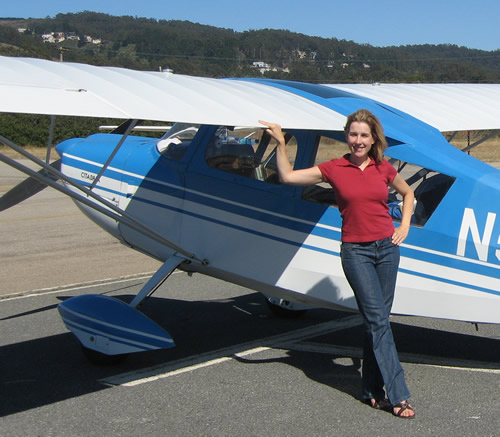 Congratulations to Kathleen Morse who added her Airplane Single Engine Land rating to her Glider Private Pilot license, in Citabria 5032G with Examiner Sherry Diamond.
Congratulations to Kathleen Morse who added her Airplane Single Engine Land rating to her Glider Private Pilot license, in Citabria 5032G with Examiner Sherry Diamond.
Well done Kathleen, and instructors Grainne Gilvarry and Jim Grant.
News: Citabria 9091L Restoration Part 2
Feb 25 2011Taking a plane apart goes quickly! The real time will be spent putting it all together. After stripping the fabric from the airframe, the framework turned up to be in surprisingly good condition. Even the fabric was ok, but the old paint job made it look bad. When too much dope is layered on to the fabric, it does not make things better, it tends to peel off in large pieces and makes the plane look like it is about to fall apart. However, stripping dope off fabric is generally not a good plan. It is less time consuming to get new fabric and start from scratch.
While the plane is under restauration, we are also planning some upgrades.
The old wings were designed for 14 gallon tanks only and we cannot upgrade them, so Al is building us a new set of wings that will have 18 gallon tanks and modern fuel gauges in each wing root. Each wing will have two new hand built sitka spruce spars, and among other things, around a thousand rivets!
The pilot seat was not adjustable, so we sprung for a new seat frame that is, so shorter pilots can bring it closer and longer legged ones can move it further away from the panel. It should also make getting in and out a little easier.
We are still deciding on a paint scheme. I like the idea of a San Jose Sharks theme. I wonder if the FAA will let us install a shark fin? Ideas welcome.
News: Citabria 9091L Restoration Part 1
Feb 24 2011As most of you will know, we took 9091L down in November for a complete restauration. Over time, the sun does have an effect on the fabric, and every ten to fifteen years a fabric covered airplane will need recovering. Here’s a picture of her while she still looked pretty:
To start the process, the engine, wings, and the tailfeathers will be removed off the plane.
The fabric covering will then be stripped off. The interior, the engine and even the landing gear will all be removed. All the metalwork will be carefully inspected, and repairs made, or pieces replaced as needed. Special attention will be paid to areas where stress is concentrated – landing gear attachment points, base of the tail, and so on.
News: Welcome to another two pilots from Spain!
Feb 19 2011I’d like to extend a warm AeroDynamic welcome to Jose Catalan Soriano and Daniel Tari Fernandez, two pilots from Spain who have come to us to learn the art of tailwheel flying and then spend some time to gain additional experience.
Congratulations to both for earning their tailwheel endorsements, and checking out in a variety of taildraggers already, including the Taylorcraft L-1, Aeronca Champ and Citabria.
News: Taylorcraft L-2 is back on line
Feb 14 2011The L-2 is back on line!
Our 1945 little warbird is back. N50839 was a real military plane in 1945, serving with the US Army on the home front as a liaison and observation plane. Converted back to its civilian form, it is a great example of a plane that so many pilots learnt to fly in – the Taylorcraft “tandem trainer”.
Come fly the spirit of a bygone age – wooden prop, “Armstrong” starter, slide open the window and stick your elbow out and enjoy low and slow flying.
